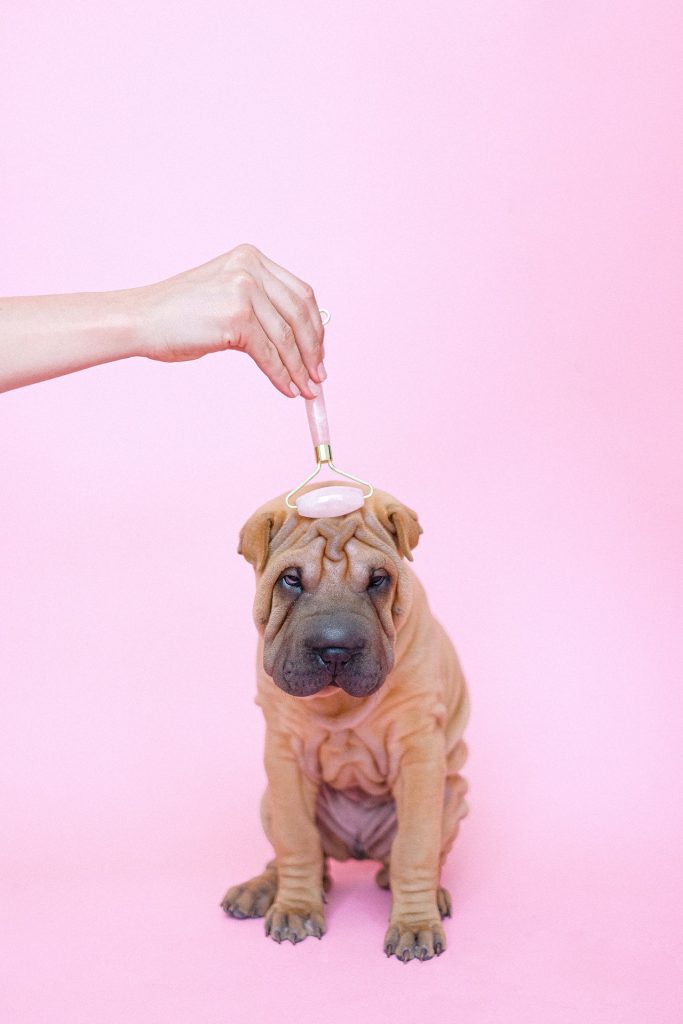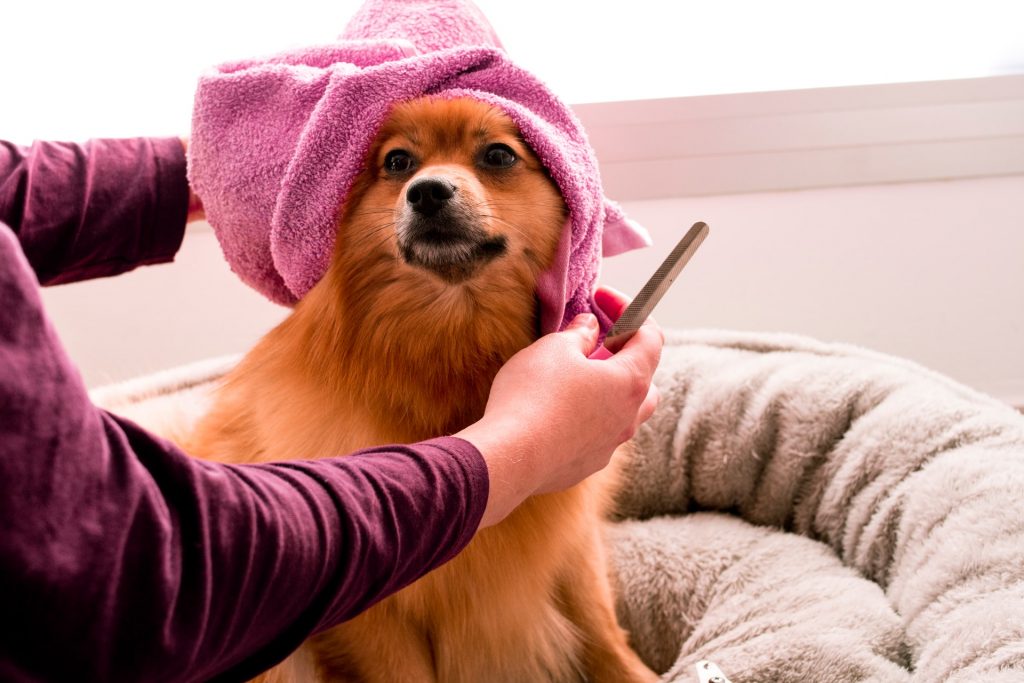
This article is contributed by guest author Curtis Lawson (Editor at StyleShared).
Why Dogs Love Massages and How to Effectively Do Them
Your furry companion, your hairy housemate; when you own and care for a dog, you know what it is to completely fall head over heels for them and go above and beyond to ensure their happiness. They are only in our lives for a shorter period of time but we strive to make that time we have with them the best possible.
One way to make your dog feel loved and cared for is to give them massages on a weekly basis to ease tension, joint pain, and more. These little massages not only strengthen the bond between the dog and its owner, but they can also alleviate pain and other ailments that can attack an aging canine. The key is to make sure these massages are done effectively and properly to ensure the best experience for both you and your pup. Let’s get into it.

Why Do Dogs Love Massages?
Dogs love massages so much because they are tactile creatures, quite similar to humans. Dogs can derive a lot of benefits from a properly administered massage, whether it is done by the owner or by a professional.
These massages have been proven through clinical and non-clinical studies to:
Decrease pain – massages can help your dog decrease pain that is felt in the hips and joints. This pain can be a side effect of aging, an active lifestyle (swimming, running, hiking, etc.), or it can be a side effect of another underlying issue.
Reduces anxiety – much like a human, dogs can experience stress and anxiety in their daily lives. But when their owner takes the time to massage them, bond with them, and incorporates massages into their routine, it can go a long way to relieving these feelings.
Improves circulation – regular and frequent massages can increase the circulation of the body, allowing blood (and oxygen plus nutrients) are flowing through the body with ease. This increase in blood circulation can remove waste and toxins from the body and combat certain health conditions that could affect your beloved dog.
Increases health – similar to how a human can detect changes in their body through self-massage; canine massages can also give you a roadmap to use when visiting the vet. If your dog seems unsure or yelps while massaging, then there is an issue that you can’t visibly see. The same goes for if you notice unusual lumps or protrusions under their skin.

Making Sure the Dog is Comfortable
The first thing to remember when it comes to massaging your dog is to make sure they are comfortable. You want to have a peaceful and relaxing atmosphere away from heavy foot traffic. It’s best if you start the massage with just you and your dog in the room, away from all distractions.
Use natural lighting, soft music, and always use slow movements to avoiding startling your dog. You can even set up a massage room that can be used by not just you and your canine but also other members of the household for relaxation purposes.

How to Effectively Massage a Dog
Tips
1. Always use slow movements to avoid startling your dog and instead, use long strokes that go from one end of the body to the other when starting the massage then transition to circular motions.
2. Pet your dog in between circular massaging motions and talk slowly to them in reassurance.
3. Watch and ensure that your dog is in a submissive state. If they seem as if they are getting agitated or uncomfortable, stop the massage and try again at another time.
4. Never use rough and hard movements as you want to relax your dog, not cause them pain and discomfort.
5. Whenever unsure, contact their vet for helpful hints on dog massages.

Massaging
1. Always gently massage around the ears of your dog and never use rough motions. This is especially important if your dog has pointed ears as it can hurt the cartilage.
2. Use circular motions on the neck, stomach, and legs.
a. If they seem as if they are enjoying having their legs massaged, then continue the massage to their paws. Be careful though when going into the webbing between their toes and on the actual pads themselves; as most dogs tend to have a kick reflex when something touches this area.
3. Focus on the areas that your dog cannot reach themselves and on the areas that tend to take the brunt of their weight during physical activity – the legs, hindquarters, and shoulders. Continue this towards their rear.
4. Never apply pressure to the dog’s spine but use wider circular motions going down either side.
5. Massage the tail and brush your fingers through the fur (gently!) to remove any knots and tension.
6. Work your way back up the dog’s body until you’ve reached their head/ears again. Give a couple more circular motions, and let your hands be still on their body. Kiss on the head and let them relax in peace.
In Conclusion
Massages are an excellent way to build on and spend time with your beloved pooch, and it can be a lesson in patience and kindness for you both but the key is to make sure that the massage is done right. You don’t want to run the risk of hurting your dog or causing your dog to have trust issues when it comes to you touching them.
But when you know how to do them? It’s a great way for both parties to engage in some relaxation, stress relief, and absorb the feelings of calm that will wash over you both.

Bonnie
October 28, 2021 at 12:52 PMMassaging our pets also relieves tension and stress in us, too.
Patricia Breen
October 30, 2021 at 12:57 PMMy fur baby loves this. I’ve been doing this for a long time not realizing it was so good for her. If I stop she will reach for my hand to keep going. She gets so relaxed. And I do kiss her & tell her I love my little girl baby. She is very special to me & she wants this done daily not weekly!! LOL
Penny
November 2, 2021 at 9:52 PMThx really appreciate All the info on the proper technique